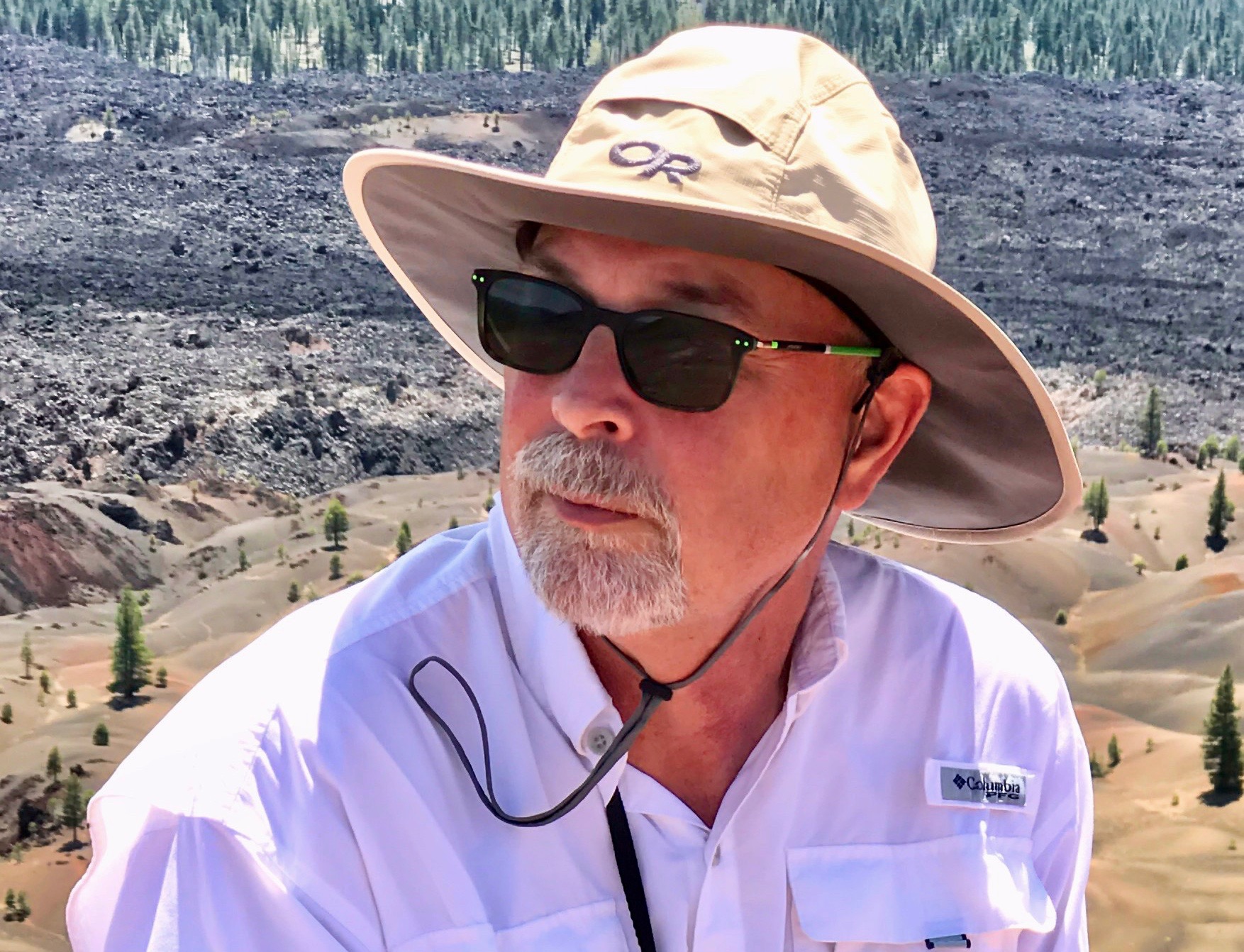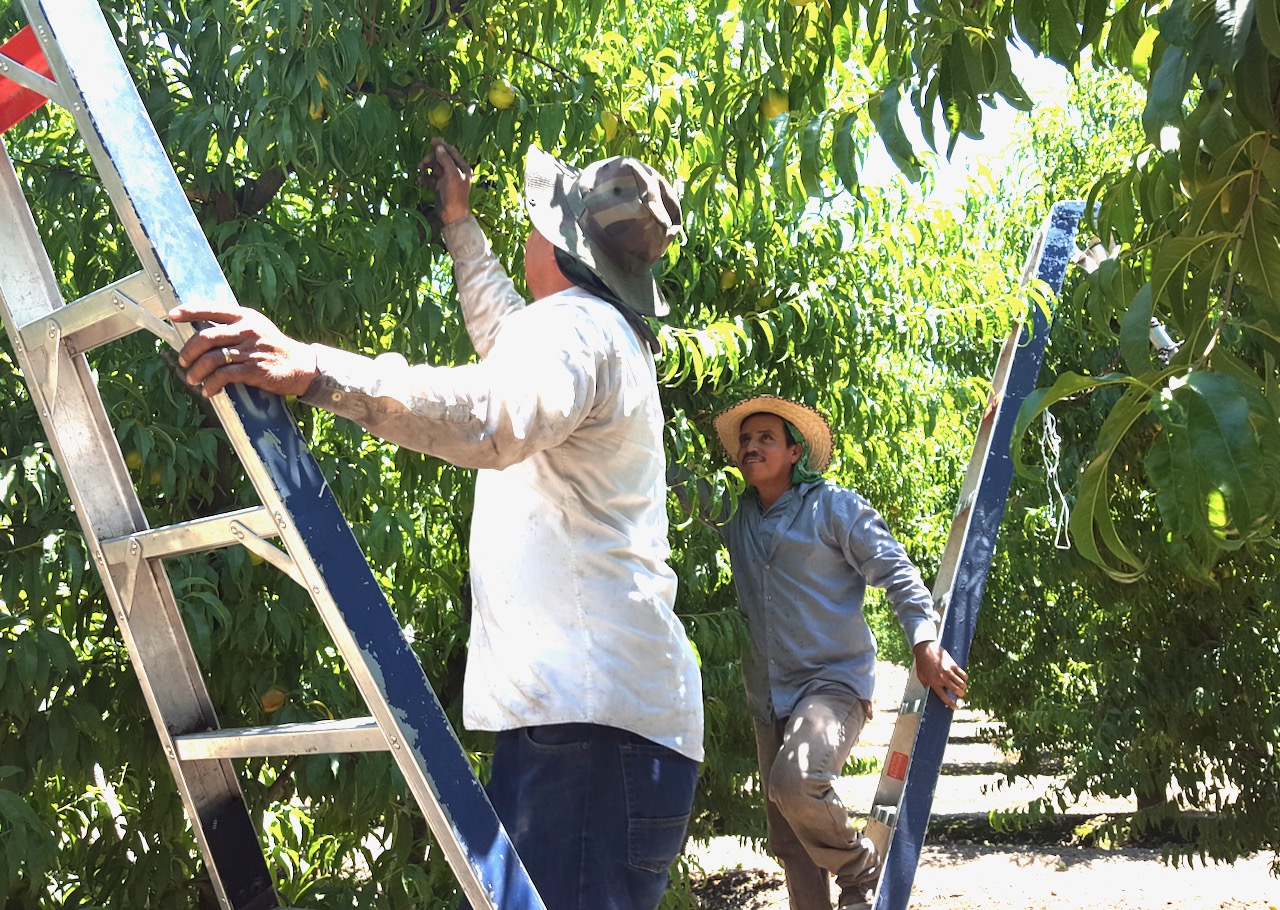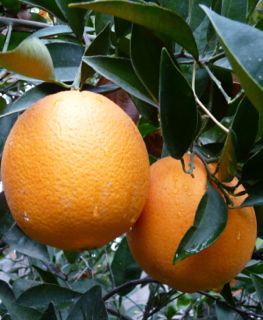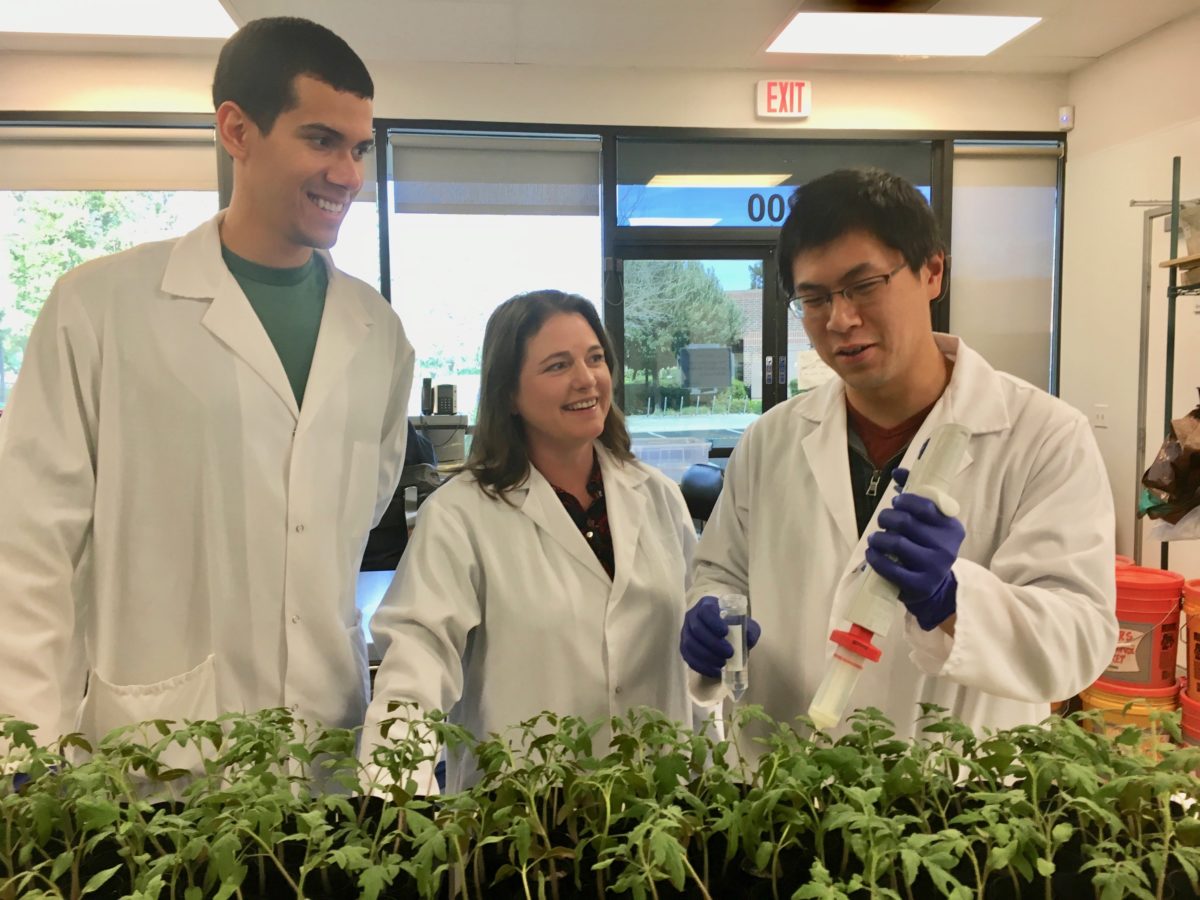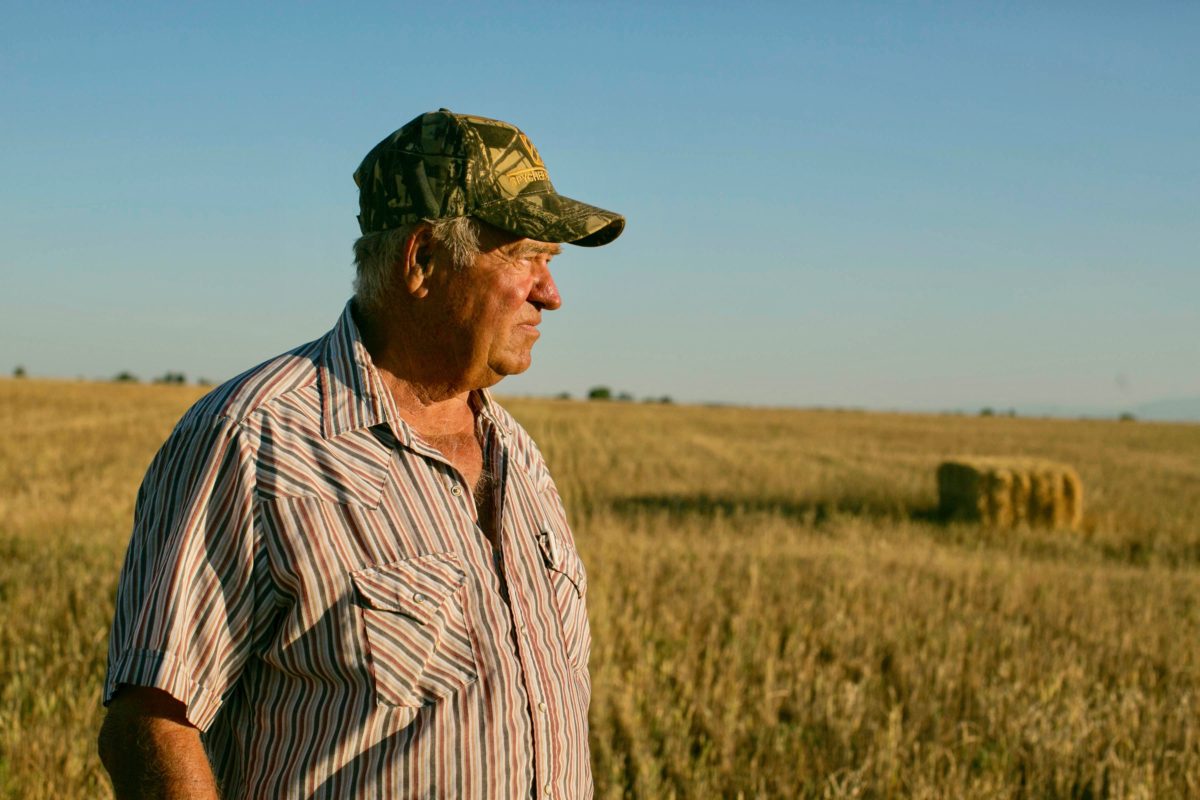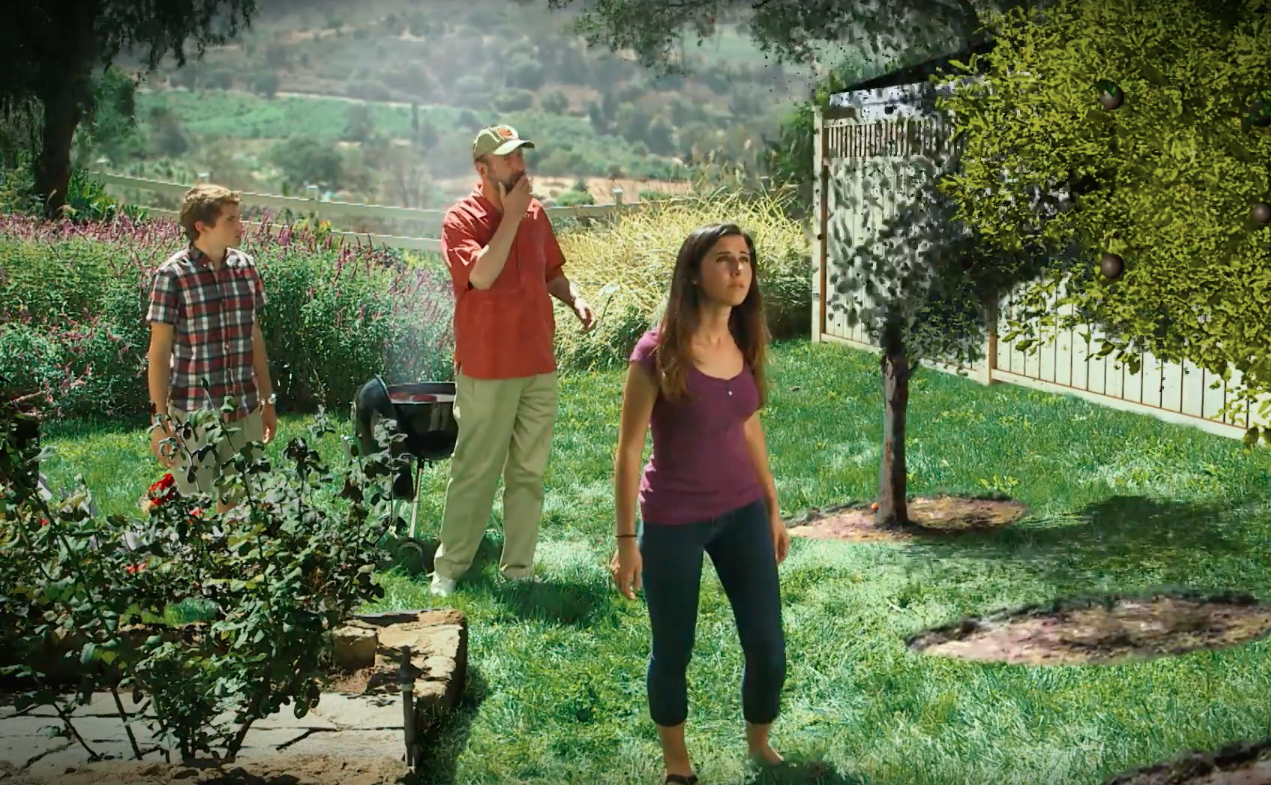Devol Hired by Almond Board To Help Growers
Almond Board Hires Devol to Lead
The Almond Board of California (ABC) welcomes Tom Devol as its new Senior Manager of Field Outreach and Education. In his position, Devol will lead a team that engages directly with growers to help them tackle in-orchard challenges and create advancements and efficiencies on their operations. Before arriving at ABC, Devol worked as director of grower services in Field Monitoring and Control for Jain Irrigation, Inc.
“The Almond Board is committed to providing growers with boots-on-the-ground support in our journey toward the Almond Orchard 2025 Goals. We believe walking alongside growers to help them push past barriers to producing a better crop is vital to the future of the California almond industry,” said ABC President and CEO Richard Waycott.
Devol’s resume includes nearly 20 years of experience in irrigation technology. Though he started his career in sales, in 2003 he transitioned to an irrigation design role at Durham Pump & Irrigation. In this position, Devol had the opportunity to meet with growers to define their irrigation needs, design a system that met those needs and then deliver a final, installed system.
Devol recalls the day a grower pulled him aside and told him that while he was grateful for being sold a valuable irrigation system, he had no way of knowing how it was performing and what he could do to maintain it. That comment struck a cord with Devol, so much so that he switched his career focus to field monitoring and grower support and remained in those jobs up until joining the Almond Board.
“Growers are some of the best people to work with, and I am honored to have the opportunity to serve them in this capacity,” Devol said.
In his role at the Almond Board, Devol will work with growers to help them solve the issues that keep them up at night – irrigation system efficiency, effective pest management, etc. – while also encouraging them to continue advancing towards the almond orchard of the future. Two major industry efforts will drive Devol and Field Outreach and Education Specialist Ashley Correia, who joined ABC this past year, in their outreach to growers: the California Almond Sustainability Program (CASP) and the Almond Orchard 2025 Goals.
Devol and Correia will assist growers in self-assessing their orchards using the nine CASP modules, a process that shows growers the progress they’ve made and the opportunities for improvement that lie ahead. Each time a grower completes an assessment and initiates improvements on their operation, they support the entire California almond industry in its effort achieve the 2025 Goals, not only by providing data that helps the industry track progress towards the goals but also by implementing better practices in the areas of water use, pest management, zero waste and dust that will help them farm more efficiently for years to come.
“I feel like my whole career has built me up to this point and I’m excited to share all I’ve learned in the past decades with growers. There’s a real need for grower support in the area of new technology. Knowing how to determine what technology works well in their orchards and then, equally important, knowing how to use, it is a passion area of mine and is key for the industry to understand in order for it to continue advancing towards a more sustainable future,” Devol said.
Devol will lead the Field Outreach and Education team from his base in Chico while Correia will continue to focus her efforts in the southern part of the valley from her home near Tulare area. The Almond Board is in the process of hiring a third member of the Field Outreach and Education team to round out the grower expertise and geographic coverage of the team.
“The Almond Board invests heavily in research to improve growing practices, but the return on that investment only pays off if growers have access to the information they need to implement those practices in their orchard,” said ABC’s Senior Director of Global Communications Daren Williams. “Through our Field Outreach and Education program, the Almond Board hand-delivers production tips and best practices to the growers we are here to serve.”
Those interested to learn more about CASP are invited to arrange an in-orchard visit with Devol, who may be reached at tdevol@almondboard.com and (530) 570-5558. Industry members are also encouraged to hear Devol present on a panel titled, “Research Update: How Much and When to Irrigate,” on Wednesday, December 12, from 11:30 a.m. to 12:15 p.m. at The Almond Conference 2019.

